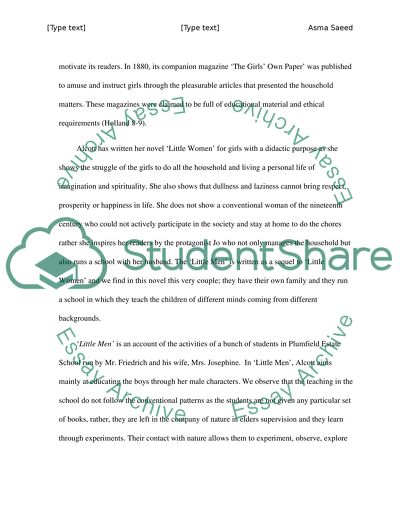Cite this document
(“Education Values in Little Men by Louisa May ALcott Essay - 2”, n.d.)
Retrieved from https://studentshare.org/english/1607243-education-values-in-little-men-by-louisa-may-alcott
Retrieved from https://studentshare.org/english/1607243-education-values-in-little-men-by-louisa-may-alcott
(Education Values in Little Men by Louisa May ALcott Essay - 2)
https://studentshare.org/english/1607243-education-values-in-little-men-by-louisa-may-alcott.
https://studentshare.org/english/1607243-education-values-in-little-men-by-louisa-may-alcott.
“Education Values in Little Men by Louisa May ALcott Essay - 2”, n.d. https://studentshare.org/english/1607243-education-values-in-little-men-by-louisa-may-alcott.


